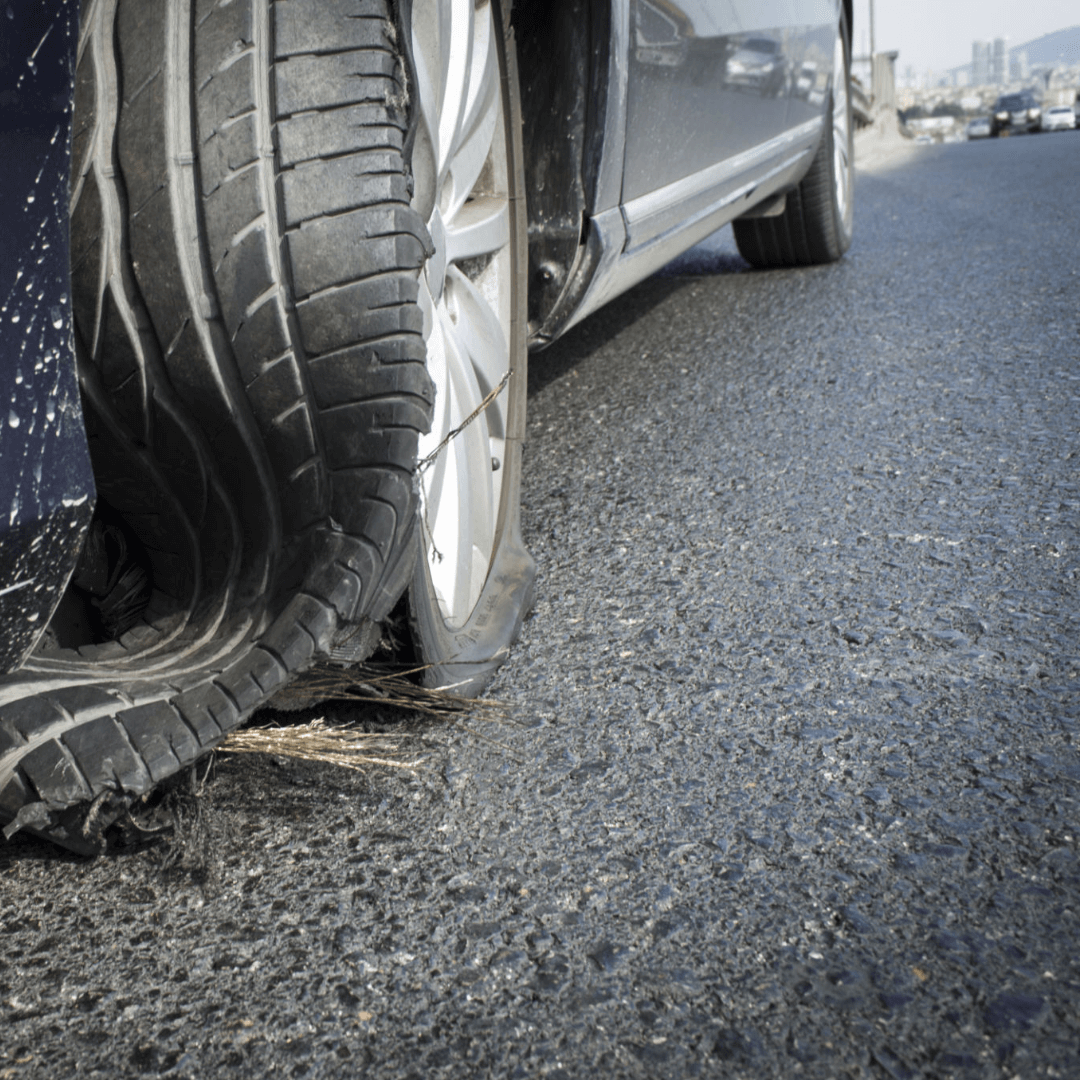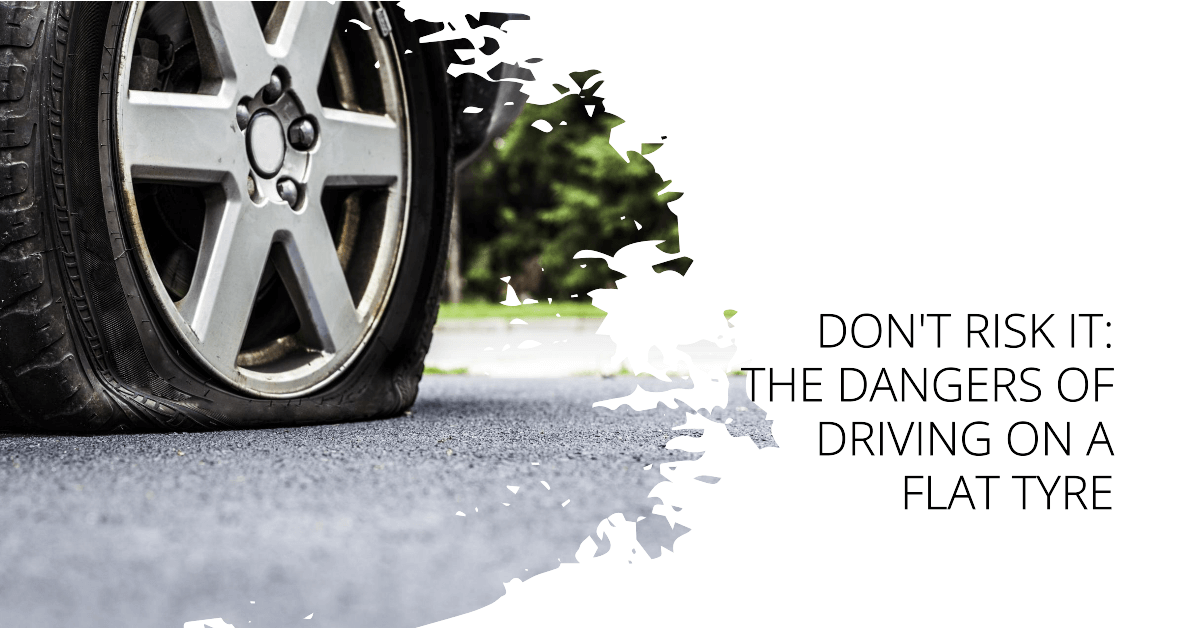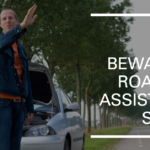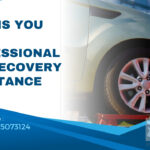Have you ever thought about what happens when your car’s tyre goes flat while you’re driving? It might seem like a small thing, but it’s actually quite important.
We will discuss why it’s crucial to completely avoid driving on a flat tyre, and why reaching out to an emergency Recovery Service in Dubai is the right step to take.
Understanding the Risk
Imagine you’re on your way to an important meeting or a long-awaited vacation. You’re cruising down the road, and suddenly, you hear that unmistakable thudding sound. Your car starts to wobble, and you realize you’re dealing with a flat tyre.
Now, the temptation might be strong to keep driving, especially if you’re in a hurry. But this decision could lead to a cascade of problems that could easily be avoided.

The Dangers of Driving on a Flat Tyre
Driving on a flat tyre might not seem like a big deal at first, but here’s why it’s a dangerous choice:
1. Reduced Control and Handling
A flat tyre significantly impairs your vehicle’s handling and control. Your car’s stability is compromised, making it harder to steer and navigate safely, especially around corners or in unexpected road conditions. This lack of control increases the risk of accidents and collisions.
2. Increased Braking Distance
Your car’s braking distance is greatly affected by a flat tyre. With less grip on the road, your vehicle takes longer to come to a stop, making it difficult to react promptly to sudden obstacles or hazards ahead.
3. Strain on the Wheel and Suspension
Driving on a flat tyre puts excessive strain on the wheel and suspension components. The flat tyre has to bear the weight that would normally be distributed among all four tyres, leading to uneven stress. This can result in damage to the wheel rim and suspension, leading to costly repairs.
4. Damage to the Tyre
Continuing to drive on a flat tyre can cause irreparable damage to the tyre itself. The sidewalls can get pinched between the road and the rim, causing them to crack. This not only renders the tyre useless but also increases the risk of a sudden blowout while driving.
5. Risk of Rim Damage
The rim of your wheel is designed to be protected by the tyre’s cushioning. However, when you drive on a flat tyre, the rim is exposed to direct contact with the road. This can lead to bending, cracking, or even a complete rupture of the rim, necessitating costly replacements.
The Safer Alternative
Facing a flat tyre, the best course of action is to pull over to a safe spot and address the issue immediately. If you’re not comfortable changing the tyre yourself, it’s always a good idea to call for roadside assistance. Remember, the minor inconvenience of dealing with a flat tyre is far outweighed by the risks of driving on one.
Preventing Flat Tyres
Of course, the best way to deal with a flat tyre is to prevent it from happening in the first place. Regular maintenance and monitoring of your tyres can go a long way in keeping them in good shape. Here are some steps you can take:
1. Check Tyre Pressure
Regularly check your tyre pressure using a reliable gauge. Underinflated tyres are more prone to damage and are at a higher risk of going flat. Follow the recommended pressure levels provided by your vehicle’s manufacturer.
2. Inspect for Damage
Frequently inspect your tyres for any signs of damage, such as cuts, bulges, or punctures. Address these issues promptly to prevent them from escalating into a flat tyre situation.
3. Rotate and Balance
Regularly rotate your tyres to ensure even wear. This not only extends the lifespan of your tyres but also contributes to better overall vehicle performance.
4. Avoid Road Hazards
While it’s not always possible to avoid road hazards, being cautious can help. Try to avoid potholes, debris, and other obstacles that could potentially damage your tyres.
Read Also: How Much Does It Cost to Tow a Car in Dubai?
Conclusion
Driving on a flat tyre might seem like a minor inconvenience, but the risks and potential consequences are far from minor. Reduced control, increased braking distances, damage to your vehicle’s components, and the risk of accidents are all compelling reasons to avoid driving on a flat tyre. Remember, your safety and the safety of others on the road should always be a top priority.
So, the next time you find yourself faced with a flat tyre, take a deep breath, pull over safely, and address the issue promptly. Your vehicle and your well-being are worth the extra effort.





